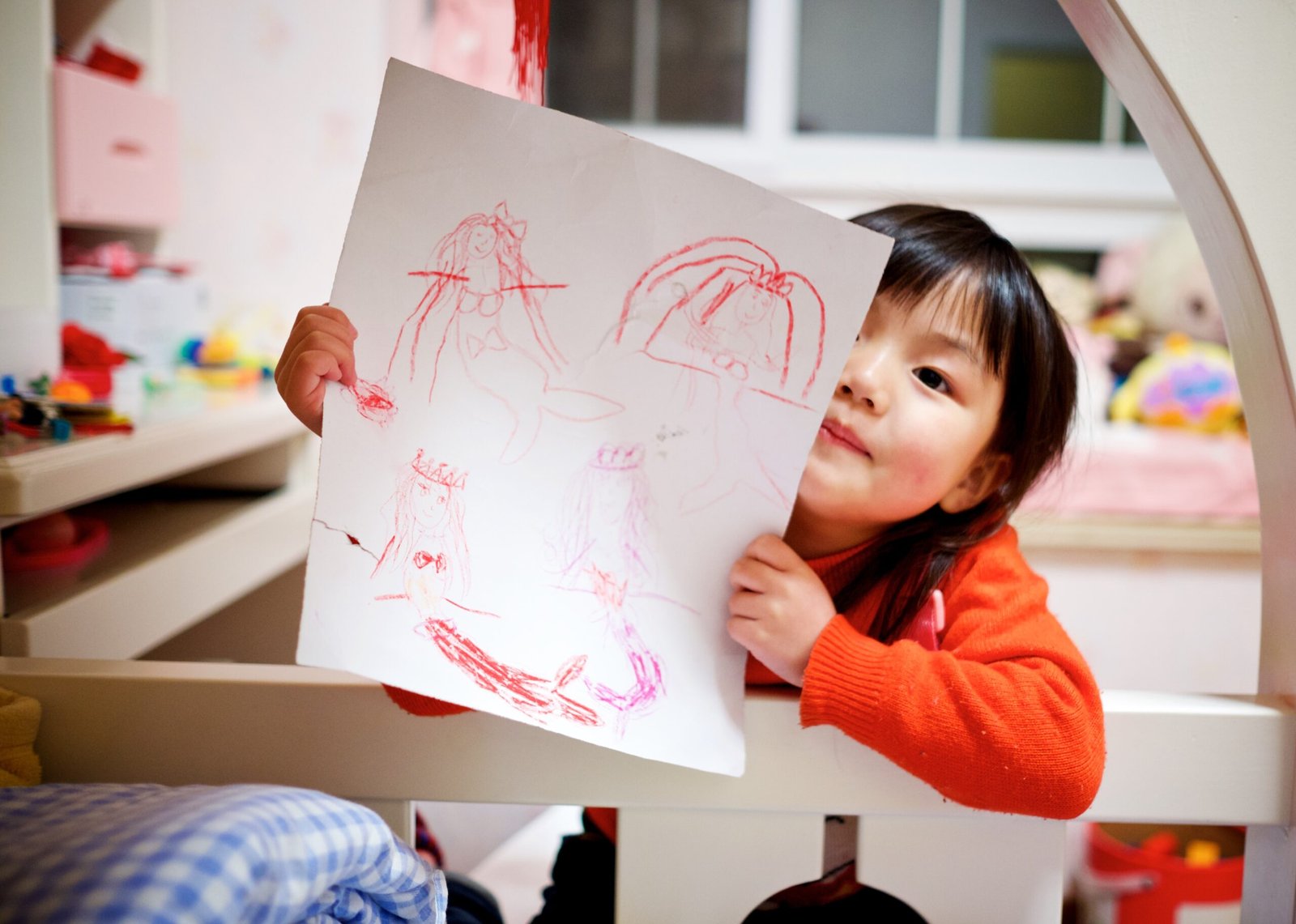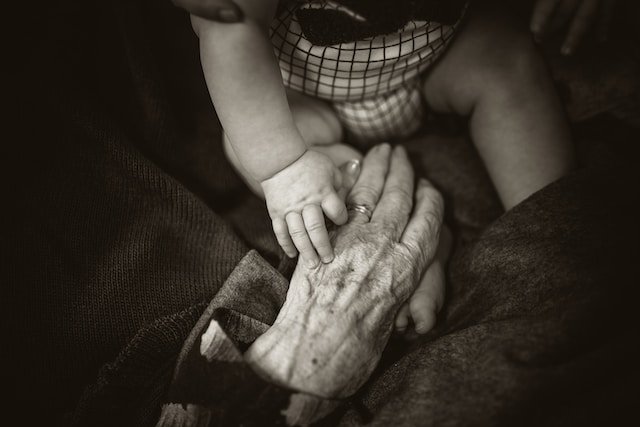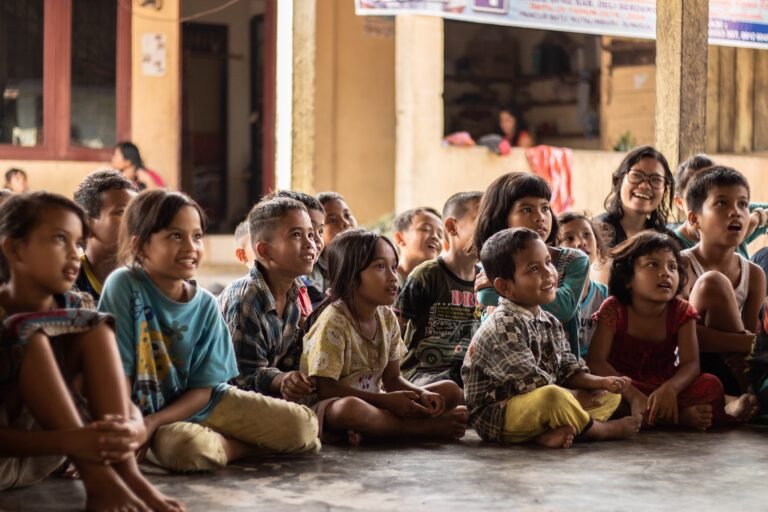What are the best techniques for teaching drama to young children?
Teaching drama to small kids can be a fun and rewarding experience for both teachers and students. Drama helps kids to develop their communication skills, creativity, imagination, and confidence. However, teaching drama to small kids requires a different approach compared to teaching older students. Here are some of the best methods for teaching drama to small kids:
- Narrating: Small kids love fairy tales. Using storytelling as a method to teach drama is an effective way of engaging children’s minds and imagination. The teacher can start by narrating a simple story and then ask the children to showcase the story or create their own stories based on the themes or characters in the original story.
- Role-play: Role-play is another effective method of teaching drama to small kids. Children love to pretend and take on different roles. The teacher can ask children to take on different roles and act out different scenarios. Role-play helps children to develop their communication and interactive skills and also encourages them to think creatively and imaginatively.
- Movement and dance: Small kids have a lot of energy and love to move. Integrating movement and dance into drama activities is an effective way of keeping children engaged and focused. The teacher can ask children to move their bodies in different ways, such as crawling like a cat or jumping like a frog. They can also teach children simple dance routines that they can perform together.
- Creative play: Creative play is a method that encourages children to use their minds to create their own stories, characters, and scenarios. The teacher can provide a set of props or costumes and ask children to use them to create their own plays or shows. This process helps children to develop their creativity and imagination and also encourages them to work cooperatively with others.
- Puppetry: Puppetry is another effective method of teaching drama to small kids. Puppets are a great tool for engaging children’s minds and creativity. The teacher can provide puppets and ask children to create their own puppet shows or use puppets to act out different scenarios.
In conclusion, teaching drama to small kids requires a different approach compared to teaching older students. Incorporating storytelling, role-play, movement and dance, creative play, and puppetry are some of the best methods for teaching drama to small kids. These methods help children to develop their communication skills, creativity, imagination, and confidence while having fun and engaging in creative play.







